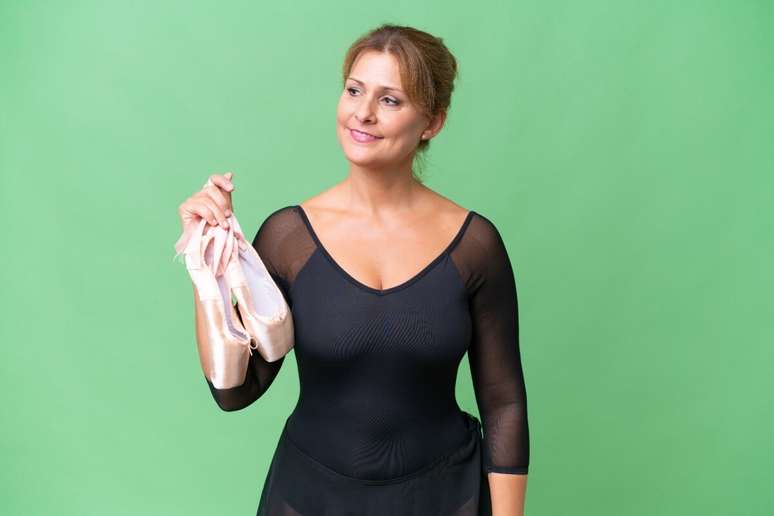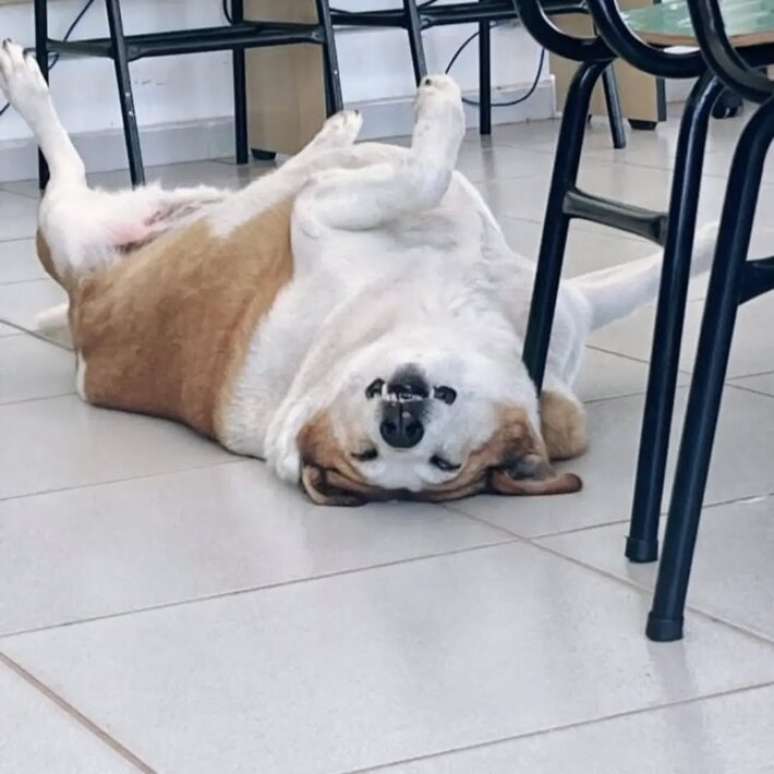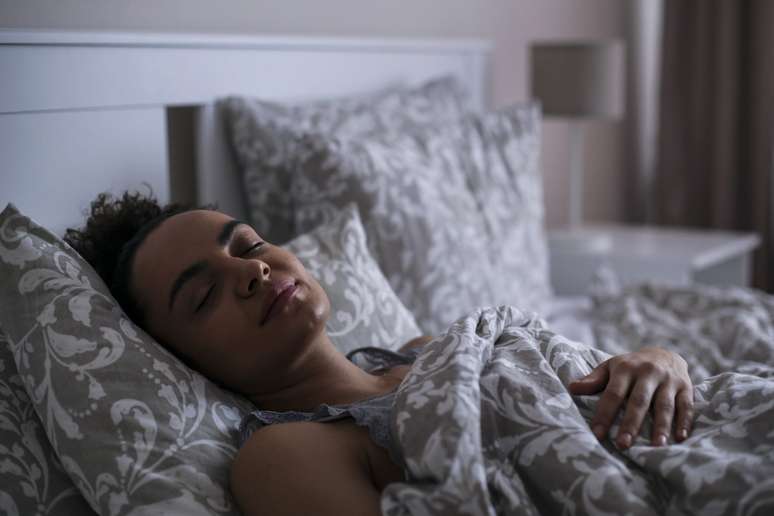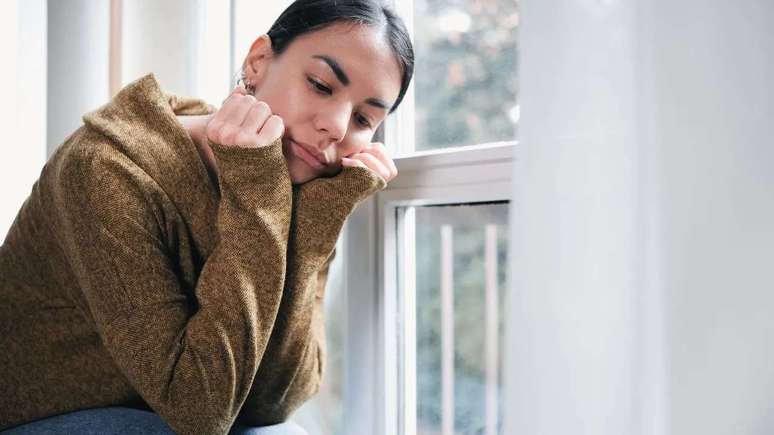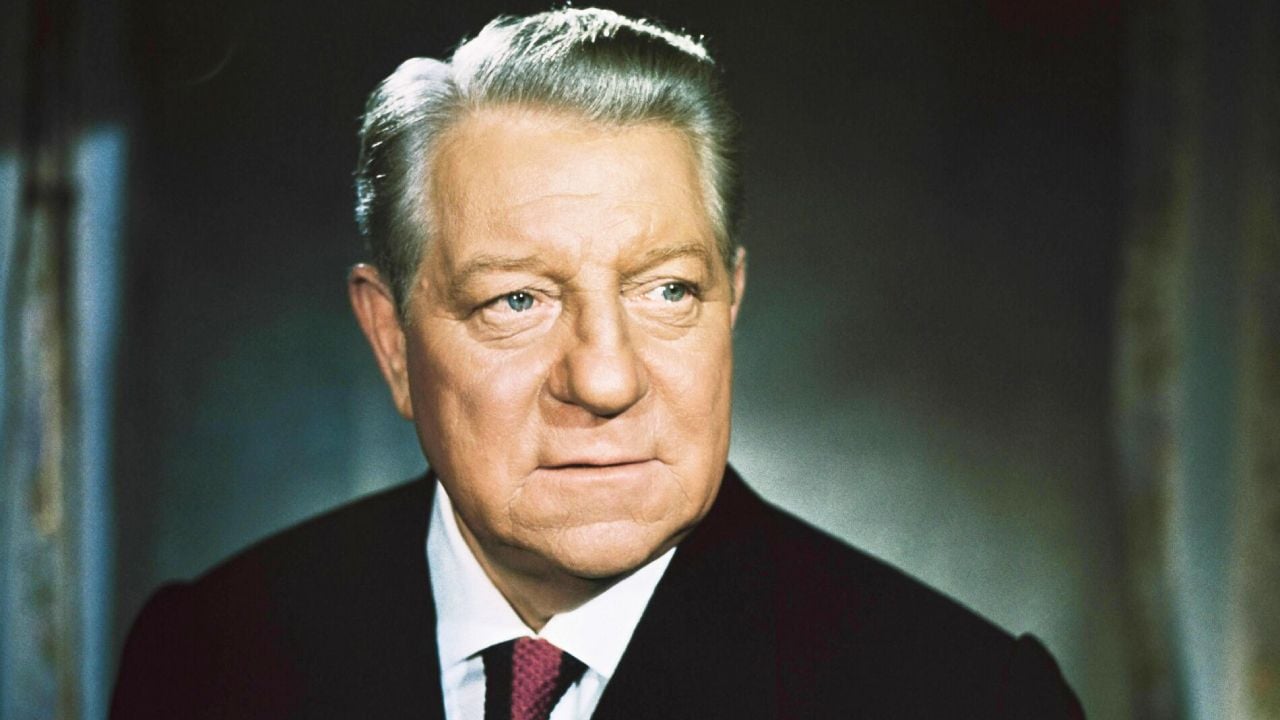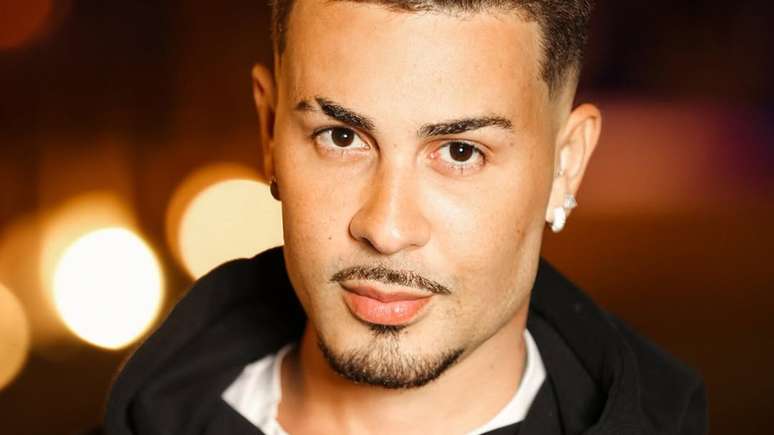The practice promotes happiness and can work positively as an outlet from everyday problems.
At school I repeated the year twice. My grades were terrible. I was distracted, I talked a lot, and although I liked my teachers, I didn’t behave well in class or follow the rules. Years later, now an adult and used to describing myself as an undisciplined person, incapable of concentrating and doing something well, with the certainty that “I’m just like that”, in a therapy session I was asked: “How did you manage to do ballet for so many years without discipline?”
In that adolescence, while in the morning I was called to the principal to fix the frayed hem of my uniform – something unthinkable in the traditional school where I studied in the 90s -, in the afternoon I sewed ribbons on my sneakers with all the zeal possible. For 15 years I danced classical ballet without missing, without speaking, without disturbing the lessons. I never denied the challenges, I believed in myself, I was proud, I studied and recognized myself among them layers, pirouettes AND grand jetes.
Self discovery through dance
As my life went on, however, overwhelmed by the routine of college, parties, work and motherhood, I began to distance myself from dance, from the body, from myself – but always with that dream or imagined certainty of return there one day; a day that never comes. Until a cycling accident at the age of 39 opened my eyes to the passage of time: the heartbreaking feeling was that I would never dance again in my life. I had two surgeries, one on each knee, and I endured this void until I recovered and, finally, realized the best choice I made for myself after 40: returning to ballet.
On impulse, the brilliance of that capable, devoted and disciplined girl returned. The dancer wasn’t the same, obviously, but she was there, I know. Just as I also know that she was not the only one to rediscover her vitality in that ballroom, in a space of the Círculo Militar de São Paulo club, which welcomes adult women, members and not, for dance ballet.
Realizing my new body and my limitations wasn’t easy, but just being there made me feel victorious, on a journey of physical and emotional transformation. According to my teacher Rena Cavalcante, the way in which these changes occur is particular and, most of the time, difficult, because they shake the shadows.
“It is a work of vulnerability, because we are talking about bodies that contain authentic stories, with their traumas, fears, frustrations and restrictions,” explains she, who is also a choreographer and supports her own story of healing through dance.
It was an honor, a cure
During the pandemic, Rena lost her father to COVID and her son Ravi who was five months pregnant. A doubly intense mourning that made her create a show to the tune of Drão, by Gilberto Gil, with the voice of Milton Nascimento.
Sharing his pains and movements with his adult students, we created a group – or a clan, as we came to call it – specifically to dance his works, even out of town. Together we went on a chartered bus into São Paulo, like teenagers braiding their hair, to perform Rena’s Drão on stage.
It’s been an honor, healing, and I think a lot of dreams come true. We came home different and continued like this, hand in hand, going back and forth between lessons, paying attention to each other, to our movements, to our unexpected situations, to our smiles and our breathing, as if everything was a source of life, an ancestral heritage rite of union, celebration and art.
Dance features
From a historical and ancient perspective, Paleolithic dance had a practical function. It was used to improve hunting and fishing skills and also to study the gestures of animals, represented in rock paintings. Then, with the emergence of agriculture, plantings linked to the seasons began to be celebrated.
“Dance has always been one of humanity’s main forms of communication, as well as a means of survival in the belief of ancestral peoples who asked for and thanked the harvests through dancing rituals”, comments Thaís Natale, one of the partners of the BLA – Ballet Livre studio Adult, in Vila Mariana, in Sao Paulo.
The company was born from the frustrated search of two friends, Thaís and Larissa Santo André, for a place to celebrate and dance, doing justice to the origins of this art and, obviously, which was compatible with the environment routine of adult life.
“We were looking for a space without unreasonable demands for our phase, without competition, without that complicated side that ballet usually has. We wanted to dance to be happy, to make dreams come true, to relax, as an outlet, but, above all, where dance technique was taught with excellence,” she says, and she ended up forming an independent group with her partner to put all this into practice.
Salute to the gods
Along this path, Marcia Ylana, a longtime dancer and teacher, joined them, turning BLA into a school. The much sought-after place has become for adults an invitation to encounter (or re-encounter) with dance and the desire to get closer to feeling and movement.
“Dancing is simple, in general, because it is part of something that is already ours: movement. And this simple movement ends up giving impetus to life, whether it is making new friends in the room, going up on stage to transform into a character and also to discover a new way of seeing ourselves in the world: we are constantly seeing women gaining self-esteem, confidence and even improvement of depression and anxiety”, says Thaís, recalling that dance is art, but also health. “Whether it is through chemical or sensory processes, it involves emotional, psychomotor and even memory skills. It’s global body work.”
In the classical period of Ancient Greece, a land where a people knew how to exalt the arts like few others, Socrates already stated that dance, understood as preparation for life and war, forms the complete citizen. Maybe someone will be ready, with open arms in the background before the public and their own existence, free for what may happen.
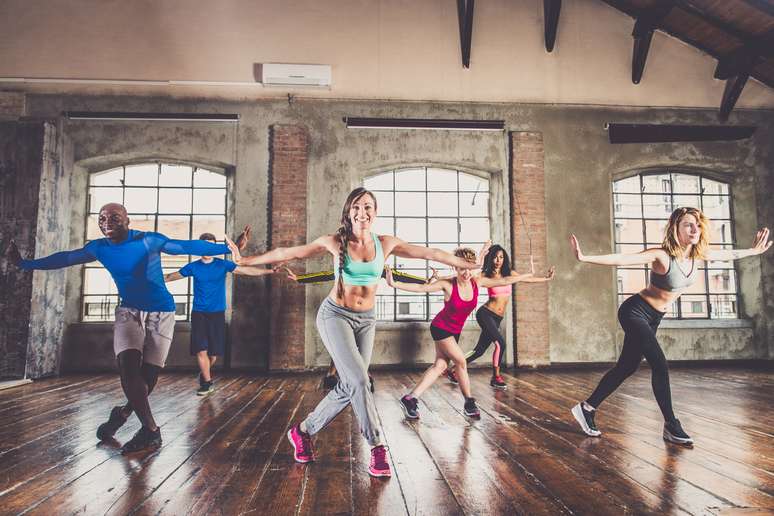
There is no right and wrong
It is not always easy to explain in words what happens inside a dance hall, especially when talking about improvisation and free movement practices. In this attempt, the phrase “is a window of opportunity”, said by a student of Entredança, the laboratory created by the artist Pri Torres to explore the language of movement (through Sistema Laban/Bartenieff, based on four pillars: body, effort , form and space) and dance-improvisation, have captured the attention of the teacher, whose proposal does not presuppose a model, does not present pre-established codes and does not bring sentences of what is right and wrong, but opens the repertoire to combine elements that structure a dance.
“It’s a very calm dynamic for the person to discover and test their movements, and then when they see it, they’re already dancing and trusting that they can go much further than they imagined,” the artist describes.
It refers to a strength that, often, a person, even an adult, doesn’t even know they have and is realized only thanks to the courage to take risks, in small or large gestures, and to the self-confidence that is built little by little. little in this free and welcoming process.
Also because he strongly possesses these characteristics, his courses, which take place in the Simpatia space, in Pinheiros, São Paulo, end up attracting different profiles, including those who think they don’t know how to dance. “I can say that I’ve seen a lot of people who are shy, or who come with a very strong belief that ‘I can’t dance,’ completely abandon that place. They come to understand that there are many ways to move,” she says.
The secret of dance
The secret, experts reveal, lies in conscious action. “The fact that people can communicate without words, in another language, requires presence, sensitivity and reading of the other, and this not only broadens a way of being in life, but also redeems the sense of existing beyond this condition so abandoned to the mental and virtual mode that has brought so much anxiety, tiredness and loneliness. I feel that people rest and are surprised to hear and see themselves in other positions, with other ways of speaking that would not be possible outside this context,” says Pri.
If it weren’t for this ability to watch and allow others to be less reactive and more autonomous, perhaps you wouldn’t be able to see your life as one big dance. According to her, everyone can see body art not only as a daily practice, attending classes and workshops, but also understand it as a way of being and watch the ballet of our journey on Earth.
“It is perceiving the dynamism of things, fully understanding how we are constantly in motion, in changes (experiencing them or resisting them) and in relationships (with ourselves, with others and with everything that exists). It is recognizing that we can be our great ally in wonderful moments, but also in exasperating processes,” he emphasizes.
When the body draws shapes in the air, something also moves inside us until it gains momentum. A ballerina overflows what could be kept away, hidden from view. In the expression of feelings we gain power, whether on stage, on the floor, under applause or in pure solitude. It’s just that the love of dance makes us burn with passion for life.
By Izabel Duva Rapoport – Qual Viagem Magazine
He is a journalist and often when he writes he feels like he is dancing.
Source: Terra
Ben Stock is a lifestyle journalist and author at Gossipify. He writes about topics such as health, wellness, travel, food and home decor. He provides practical advice and inspiration to improve well-being, keeps readers up to date with latest lifestyle news and trends, known for his engaging writing style, in-depth analysis and unique perspectives.

